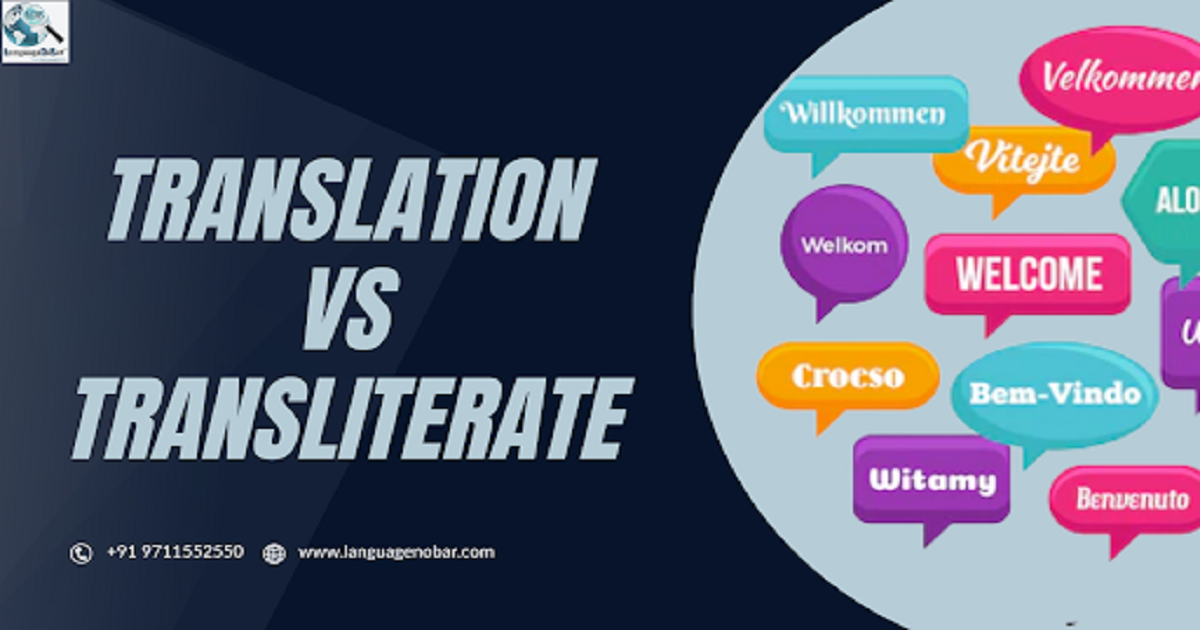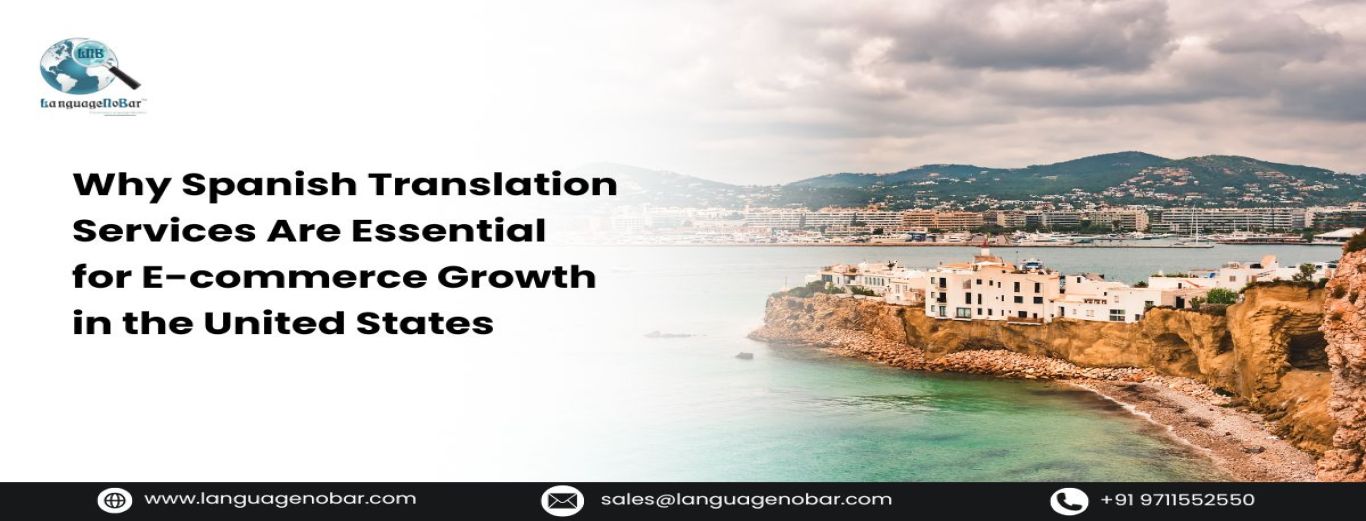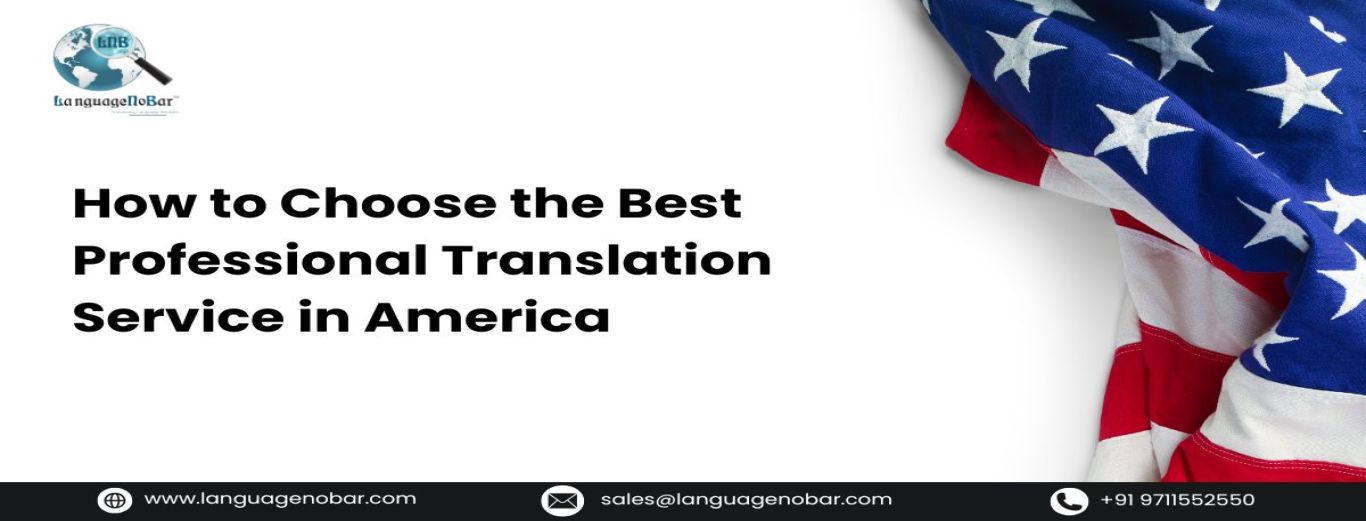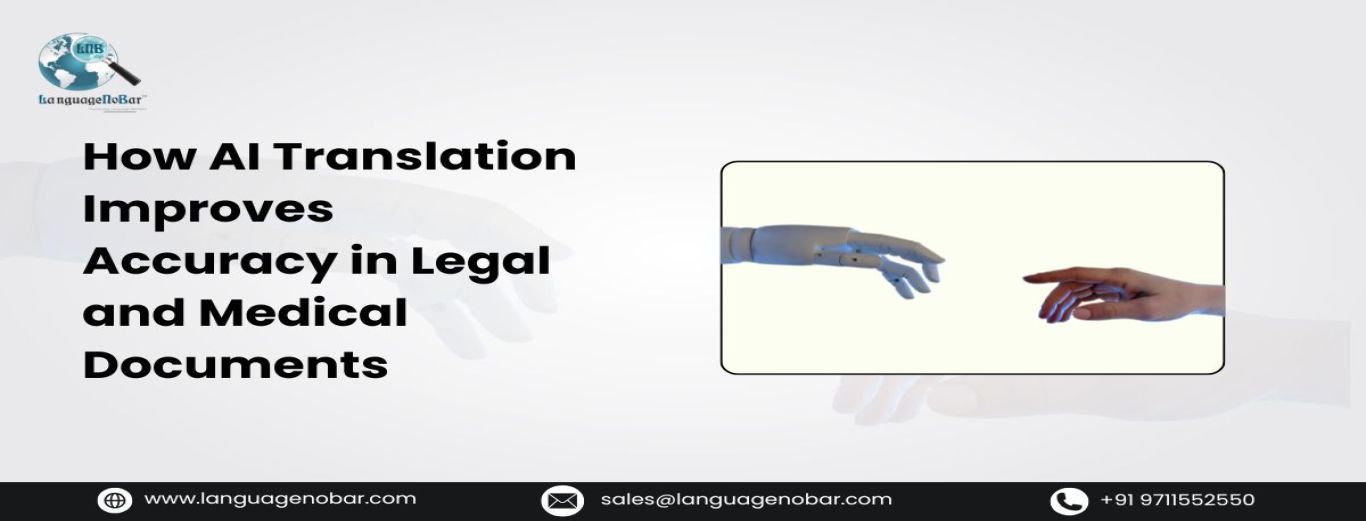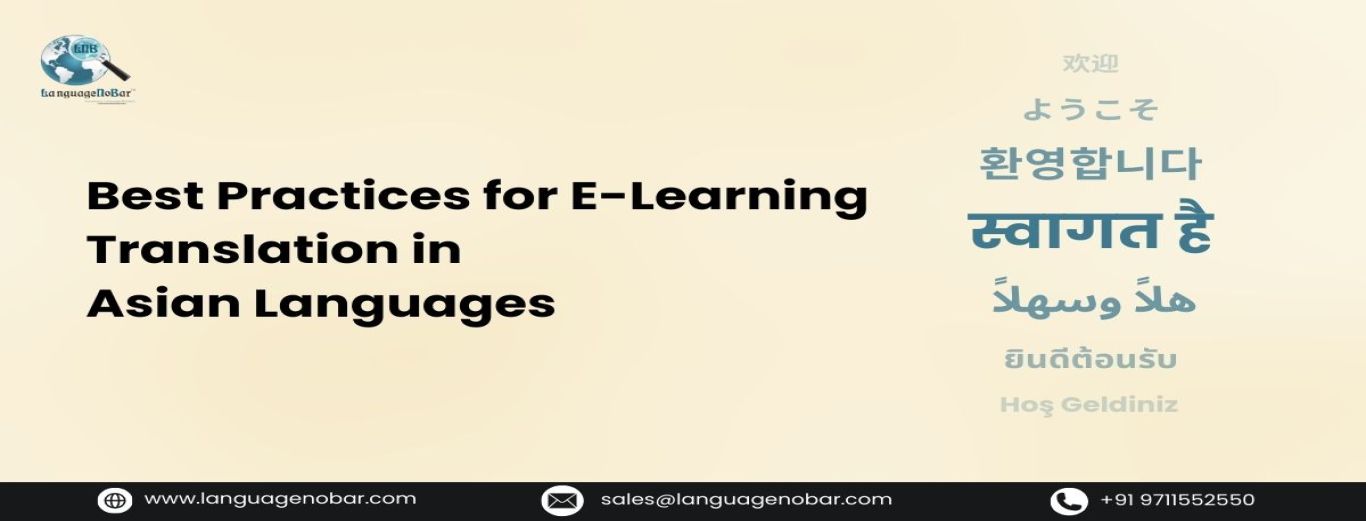Get to know how Translation is different from Transliteration
- Translation company
- Comments (0)
We've all heard of translation. It is usually the translation of words from one language to another. The goal of translation is to deliver information in another language that monologue individuals can understand.
Have you ever considered what transliteration is all about? The process of converting one script to another is known as transliteration. It entails the usage of phonetically matching alphabets to various types of alphabets. Transliteration takes less time than translating. In simple words, Transliteration is the process of transferring a single word or character from one writing system to another. This is generally accomplished by taking a letter from one alphabet and phonetically matching it to one or more letters from another alphabet.
Let’s understand how Transliteration is different from Translations:
One of the most prominent applications of transliteration is in the use of company names. It is really difficult to translate the company's name. The translation of company names is determined by the business plan and preferences of the company.
If you intend to conduct business in a foreign country, you must use transliteration services in order to use the company's name in meetings. This demonstrates professionalism in commercial transactions. The original text's meaning is preserved during the translation process. In contrast, there is a chance that the initial contract will not be honored in the case of transliteration services.
Premium Transliteration services can be used with any language pairing in which the two alphabets are distinct. It can be used with any of these scripts to create a document that allows the intended audience to pronounce the words. Transliteration is thus an extremely useful communication tool between parties who use different scripts. This takes us to the advantages of transliteration v/s translation.
Benefits of transliteration:
- Improved Communication: Transliteration helps people who speak different languages to communicate more easily. It allows people to understand the pronunciation of words in their own language even if they don't know the original language.
- Language Learning: A transliteration is a great tool for language learners. It helps them to learn the pronunciation of words in a new language by providing a phonetic representation of the original language.
- Accessibility: Transliteration can make texts accessible to people who are visually impaired or who have difficulty reading a particular script. By providing transliteration of the text in a script they are familiar with, they can access the content easily.
- Cultural Preservation: Transliteration can help preserve the cultural heritage of a language by making it accessible to people who may not be familiar with the original script. It can also make it easier to teach the language to future generations. For example, authentic Urdu Translation services will preserve the culture.
- Standardization: Transliteration can help standardize the spelling and pronunciation of words in a language. It can also be used to create a common standard for transliterating names and places in different languages, which can be helpful in international communication.
Benefits of Translation:
- Improved Communication: Translation allows people who speak different languages to communicate more easily. It can help bridge the language barrier and ensure that messages are conveyed accurately and clearly.
- Increased Access to Information: Translation can make information more widely available to people who speak different languages. It can help people access important information such as medical instructions, legal documents, and educational materials.
- Global Business: Translation can help businesses expand into new markets by allowing them to communicate with potential customers in their own language. This can lead to increased sales and improved customer satisfaction.
- Cultural Exchange: Translation can help promote cultural exchange by making literature, music, and other cultural works available to people who may not speak the original language. This can help foster understanding and appreciation of different cultures.
- Personal Development: Translation can be a valuable tool for personal development. It can help people learn new languages, understand different cultures, and develop communication skills that are useful in many areas of life.
Together, transliteration and translation can help to ensure that the translation accurately reflects the meaning of the original text, while also providing important cultural context and accurate pronunciation. This can help to prevent misunderstandings and ensure that messages are conveyed accurately and clearly. LanguageNoBar - a professional translation service provider that works on the path of eliminating the language barrier and creating opportunities for business enormous growth possibilities with the resources of experienced translators in 150+ languages.
Related Blog :
5 tips to get professional Russian translation for your medical documents
Translation of clinical trial documents - a very important and integral part of clinical trials
Market Research translations – Things you need to know!

